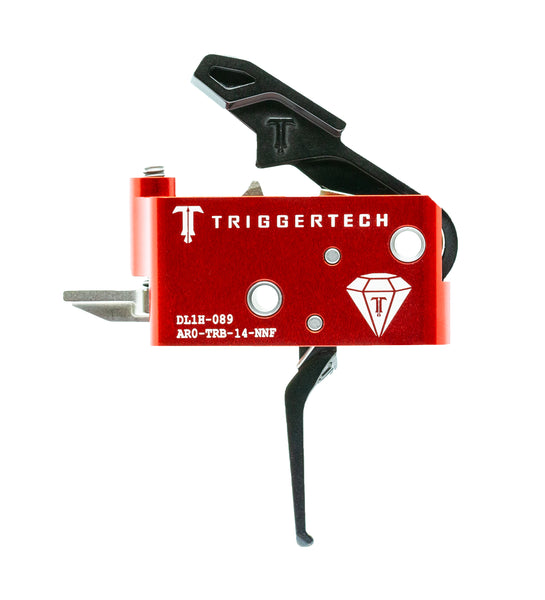All.
I searched the forum and couldn't find a thread that directly addresses my questions regarding trigger type.
I'll start by explaining my history with a 2 stage trigger. For years while shooting bullseye competitively I used a Hammerli 208S pistol. The 208S has a $2000 trigger inside a $500 gun. The gun was nice and accurate. But, the trigger was a work of art. Both trigger stages were adjustable for weight and sear engagement, at least perceived movement during the first stage since the sear isn't moving at that point. I would adjust the trigger to feel like a long, smooth roll with no perceptible change when transitioning into the 2nd stage.
Now that I am in possession of my first AR I question the trigger, it was assembled with a Geissele SSA-E 2 stage trigger. TBH, I had no idea what that would feel like. The 1st stage is pretty light with a lot of movement before hitting the 2nd stage. Once the trigger is at the 2nd stage it feels like 3 lbs or so in weight and is very crisp. I dry fired the gun repeatedly to get a feel for this trigger. When the trigger resets it's just forward of the 2nd stage, very little light movement rearward is required before hitting the wall again at the 2nd stage, which finishes again with a crisp pull.
My questions are:
1- What's the purpose in a 2 stage like this? To me this feels like a 1911 with A LOT of pre-travel before hitting the wall.
2- Shouldn't the trigger reset all the way to the beginning of the 1st stage? The first stage seems pointless since the trigger resets essentially to the beginning of the 2nd stage.
For bullseye competition I can explain exactly why a fully adjustable 2 stage trigger is beneficial, but I don't understand how the trigger I now possess provides any benefit over a single stage trigger. Not looking to upset anyone with these questions/observations, I would really like to understand. Hope I explained myself well. Thanks!
I searched the forum and couldn't find a thread that directly addresses my questions regarding trigger type.
I'll start by explaining my history with a 2 stage trigger. For years while shooting bullseye competitively I used a Hammerli 208S pistol. The 208S has a $2000 trigger inside a $500 gun. The gun was nice and accurate. But, the trigger was a work of art. Both trigger stages were adjustable for weight and sear engagement, at least perceived movement during the first stage since the sear isn't moving at that point. I would adjust the trigger to feel like a long, smooth roll with no perceptible change when transitioning into the 2nd stage.
Now that I am in possession of my first AR I question the trigger, it was assembled with a Geissele SSA-E 2 stage trigger. TBH, I had no idea what that would feel like. The 1st stage is pretty light with a lot of movement before hitting the 2nd stage. Once the trigger is at the 2nd stage it feels like 3 lbs or so in weight and is very crisp. I dry fired the gun repeatedly to get a feel for this trigger. When the trigger resets it's just forward of the 2nd stage, very little light movement rearward is required before hitting the wall again at the 2nd stage, which finishes again with a crisp pull.
My questions are:
1- What's the purpose in a 2 stage like this? To me this feels like a 1911 with A LOT of pre-travel before hitting the wall.
2- Shouldn't the trigger reset all the way to the beginning of the 1st stage? The first stage seems pointless since the trigger resets essentially to the beginning of the 2nd stage.
For bullseye competition I can explain exactly why a fully adjustable 2 stage trigger is beneficial, but I don't understand how the trigger I now possess provides any benefit over a single stage trigger. Not looking to upset anyone with these questions/observations, I would really like to understand. Hope I explained myself well. Thanks!

